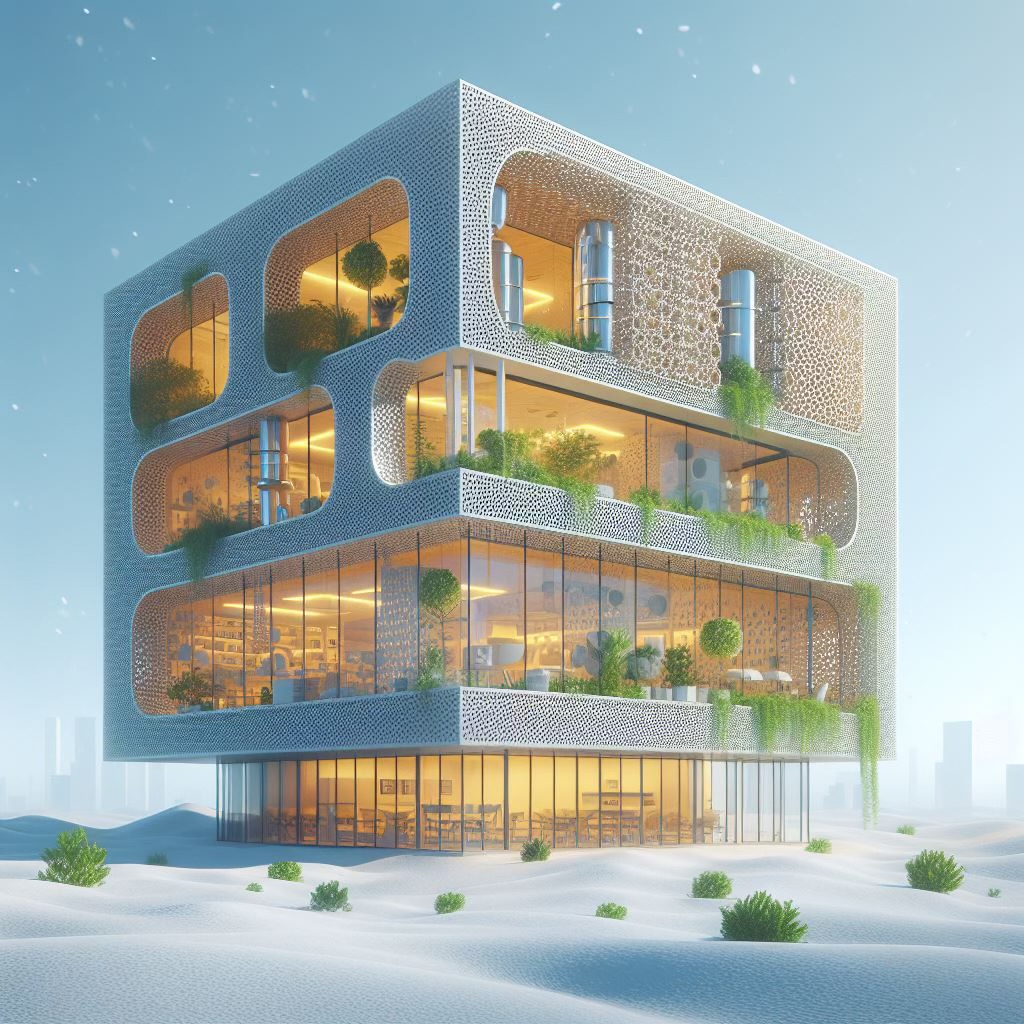

Breathing Walls: Enhancing Indoor Thermal Comfort through Innovative Design
Indoor thermal comfort plays a significant role in providing a comfortable environment for building occupants. Traditional heating, ventilation and air conditioning (HVAC) systems are the main means of regulating indoor temperature. However, these systems consume a significant amount of energy and do not always provide optimal thermal comfort. The concept of breathing walls has gained popularity in recent years as a promising way of providing thermal comfort to building residents. This conceptual idea explores the potential of breathing walls and their role in indoor thermal comfort.
Thermal comfort is defined according to the international standard EN ISO 7730 as ‘that condition of mind which expresses satisfaction with the thermal environment.’ Breathing walls refer to walls that can circulate water vapour to improve indoor air quality(Shalaby et al., 2020). Breathing walls make use of porous materials and advanced ventilation techniques to regulate the heat and moisture transfer between the building and the environment. Breathing walls offer several advantages which include; reduced energy consumption, improved thermal comfort, increased sustainability and enhanced indoor air quality. A breathing wall typically consists of a double-wall configuration with a cavity in between. Crucially, air can flow through the cavity, creating a natural ventilation system.

Breathing walls present a promising approach to sustainable and comfortable buildings. As research and development continue, we can expect further advancements in material science, design optimization, and integration with smart building systems.
Author: Isaac Otu.
Comments
No comments available.